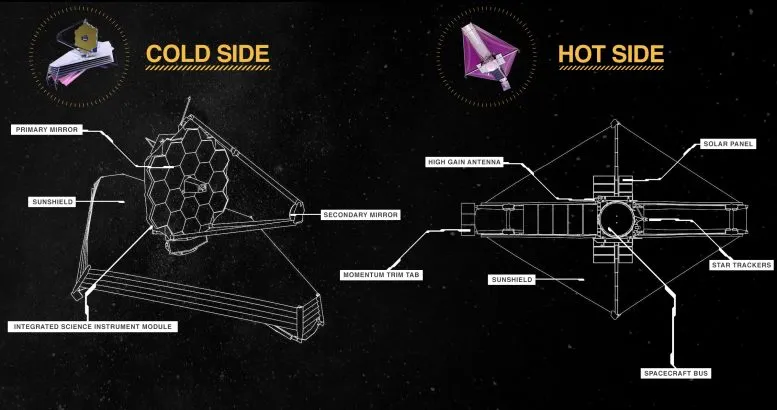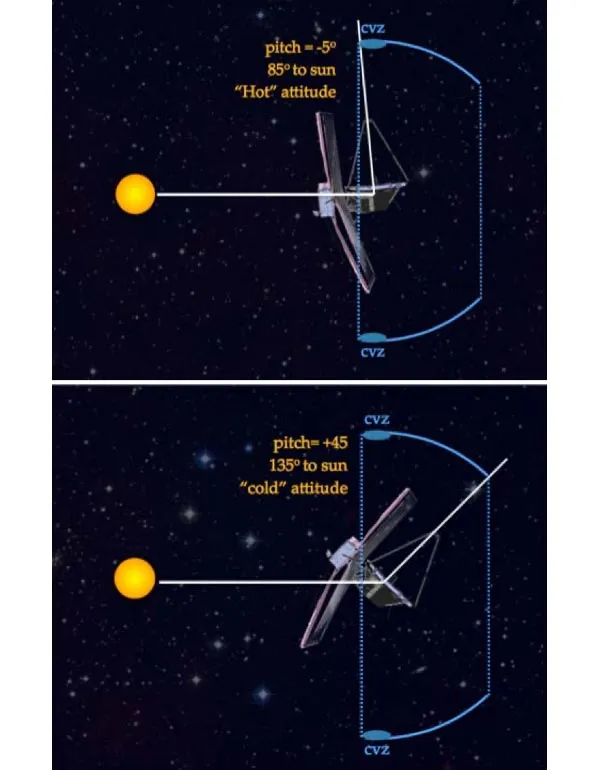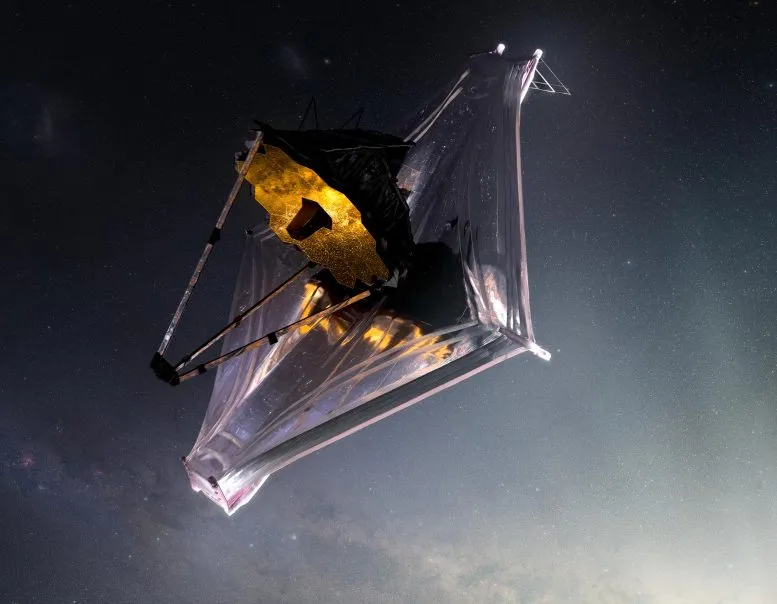The optical alignment of NASA’s James Webb Space Telescope has been completed, and the science instruments are now ready for commissioning.
During this final phase, the Webb team and instrument scientists will test all four science instruments’ modes and operations to evaluate their performance, calibration, and overall observatory operations.
What Is Webb’s Next Test?

The Webb Telescope team is preparing for the thermal stability test while the mirrors steadily cool to their ultimate working temperatures. We questioned Erin Smith, Webb deputy observatory project scientist, about the highs and lows of this experiment.
“The five-layer sunshield on Webb keeps the telescope and science instruments cool and safe from the Sun, Earth, and moon.
What are Webb’s New Features?

“Webb can now make measurements of the infrared universe, which necessitates the use of a cold telescope and cold instrument optics.”
The angle of the Sun on the sunshade changes as Webb aims to different targets throughout the sky, changing the thermal profile of the observatory. These temperature changes might cause minor changes in the observatory’s optical quality, pointing, observable backgrounds, and other characteristics.
“The thermal stability exercise will quantify these changes by swinging between the extremes of Webb’s field of view, from hot to cold, spending many days in the cold, and then swinging back to hot.” The Webb team will monitor thermal stability, pointing performance, and optical wavefront drift during this time.
What Will The Scientists Try To Observe?
The team will verify the thermal modelling used to anticipate observatory behavior in addition to monitoring the observatory’s performance.
Webb views an annulus, or donut, in the sky at any one time, called the “field of regard,” with the telescope shaded from the Sun. This annulus sweeps out the entire sky over the course of a year.
The angle toward (negative) or away (positive) from the Sun is known as pitch. Webb’s pitch ranges from -5 to +45 degrees.
With the Sun squarely illuminating the sunshield, the “hot” attitude is at 0 degrees. The “cool” attitude is +45 degrees, with sunlight reduced by cosine(45 degrees), or around 0.7.
“To begin the thermal stability test, the Webb team will put the observatory in a hot attitude at around 0 degrees pitch for five days while it thermally stabilizes.”
The team will take baseline measurements of pointing stability, optical wavefront error, and any instrument electronics oscillations. The team will slew the observatory to the cold attitude, roughly +40 degrees pitch, once this baseline has been established.
What Will The Team Do With The NIRCam?
The researchers will employ NIRCam’s weak lens suite for 24 hours following the slew to continually measure any short-timescale effects on the wavefront. Following that, the team will evaluate the telescope’s stability every 12 hours to determine the telescope’s thermal stabilization.
“The observatory will remain in the cold for more than a week until the temperatures stabilize. Webb will then slew back to the hot attitude, and the team will use the FGS/NIRISS and NIRCam sensors to collect high-cadence pointing stability data.”
What Has The Scientists Decided For The MIRI Instrument?
The MIRI sensor will take measurements from both angles to see how the changing temperature environment impacts mid-infrared background levels. The Observatory will not be idle during this lengthy test; some instrument commissioning procedures are compatible with both hot and cold pointings.
“When the data from the thermal stability testing is combined, the observatory crew will have a greater understanding of how the observatory operates thermally.” Although the adjustments are likely to be minor, Webb is so sensitive that they could have a significant impact as we work to improve its performance.
This real-world calibration of Webb’s developers’ sophisticated temperature models may aid future observing tactics and proposals. “Webb deputy senior project scientist Jonathan Gardner and Webb deputy project scientist for planetary science Stefanie Milam, both of NASA and Goddard.
